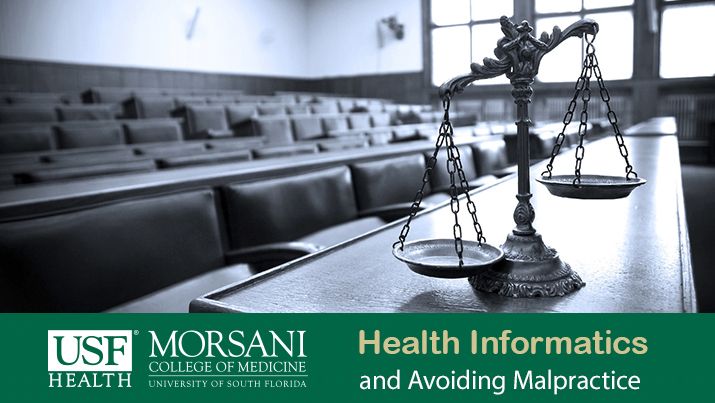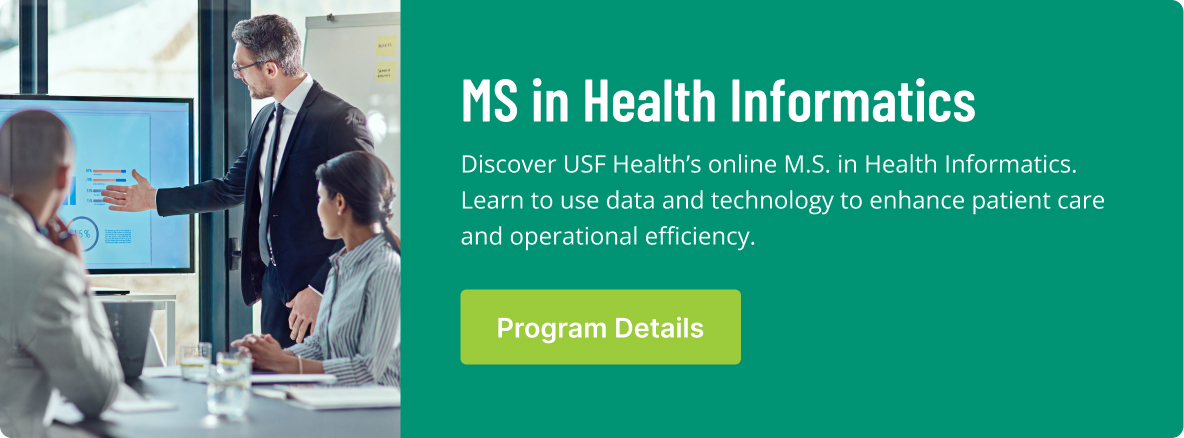Medical information, by its very nature, is personal and confidential to each individual. And many state and federal laws exist to keep that information, whether medical test results, a doctor’s diagnosis or prescription records, from being disseminated without a patient’s express consent.
When such information is purposefully or accidentally shared, there is a legal process in place to protect the individual and allow them recourse to right that wrong. It’s called a tort action, which is a civil proceeding, designed to address actions, intentional or not, that cause injury. Medical malpractice is an example of a tort, as is the willful dissemination of personal health information without prior consent.
Laws Affecting Health Informatics
With healthcare changing at a very rapid rate through the advent of technology, the collection, retention and sharing of personal health information has become a focal point in the medical and legal communities.
Much of this information is protected by both federal and state legislation, ensuring privacy and discretion when patient data is shared between healthcare providers.
Federally, there are numerous laws and provisions safeguarding the information that is collected, how it is stored and how it is shared. The Food and Drug Administration, Department of Health and Human Services and other federal agencies all have guidelines for protecting patient privacy such as HIPPA and the patient Privacy Act of 1974.
These provisions, and others, exist not only to provide a roadmap for healthcare providers for the proper handling of medical records, but also to protect a patient’s rights and provide a legal remedy if their privacy is violated.
Often, special interest groups will get involved in attempts to limit the legal avenues available.
Tort Reform
Tort reform is an effort to limit legal recourse for a civil wrong that is committed. Tort reforms can involve monetary restrictions on the amount of damages an individual can claim or time restrictions on how quickly a legal action must be filed.
Proponents of stricter tort reforms often are large corporations and specific industries, such as insurance providers, which typically stand to lose the most if found negligent in court.
Medical Data – Reducing Medical Errors
A better way to reduce the need and impact of legal action by patients and against providers is to constantly reevaluate and examine the process of gathering medical data and how that information is safeguarded.
In 2012, attorneys Steven E. Pegalis and Sonny Bal drafted a paper looking at whether a more thorough review of closed medical negligence claims could provide relevant information to improve patient safety and reduce medical liability costs without adding additional deterrents to seeking a legal remedy.
Specifically, the attorneys researched closed claims to determine whether any medical organizations had reviewed the findings to identify common elements that could be used to draft better guidelines for physicians.
They found two groups, medical societies associated with anesthesia and obstetrics, which had culled data and used the findings to implement patient safety and treatment guidelines to essentially reduce the number of possible malpractice claims.
Pegalis and Bal’s findings were presented as an alternative to legislative tort reform in providing a means to address the frequency of such incidents and the associated costs of medical malpractice litigation.
Such an effort would promote patient safety without placing stricter parameters on legal recourse for tort actions such as medical malpractice or the willful violation of patient privacy laws. Understanding important laws and regulations in health informatics can help professionals ensure the most competent and responsible practices are being implemented.




